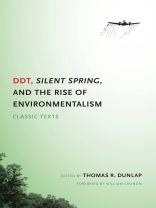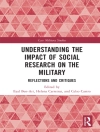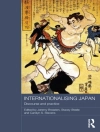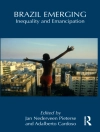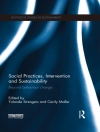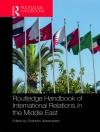No single event played a greater role in the birth of modern environmentalism than the publication of Rachel Carson’s Silent Spring and its assault on insecticides. The documents collected by Thomas Dunlap trace shifting attitudes toward DDT and pesticides in general through a variety of sources: excerpts from scientific studies and government reports, advertisements from industry journals, articles from popular magazines, and the famous “Fable for Tomorrow” from Silent Spring.
Beginning with attitudes toward nature at the turn of the twentieth century, the book moves through the use and early regulation of pesticides; the introduction and early success of DDT; the discovery of its environmental effects; and the uproar over Silent Spring. It ends with recent debates about DDT as a potential solution to malaria in Africa.
Innehållsförteckning
Foreword by William Cronon
Preface and Acknowledgments
Introduction
Part 1: BACKGROUND
Views of Nature
1. Stephen A. Forbes, ’The Ecological Foundations of Applied Entomology’
2. Leland O. Howard, ’The War against Insects’
-Pre-DDT Pesticides and DDT’s Use in World War II
3. Paul Neal et al., ’A Study of the Effects of Lead Arsenate Exposure on Orchardists and Consumers of Sprayed Fruit’
4. Paul Neal et al., ’Toxicity and Potential Dangers of Aerosols, Mists, and Dusting Powders Containing DDT’
Part 2: DDT’S BRIGHT PROMISE AND NEGLECTED PROBLEMS (1942-1958)
DDT as Miracle Chemical
5. Brigadier General James Stevens Simmons, ’How Magic is DDT?’
6. ’Aerosol Insecticides’
7. Clay Lyle, ’Achievements and Possibilities in Pest Eradication’
-Early Warnings
8. Paul B. Dunbar, ’The Food and Drug Administration Looks at Insecticides’
9. Clarence Cottam and Elmer Higgins, ’DDT and Its Effect on Fish and Wildlife’
Part 3: RISING CONCERN ABOUT NEW PROBLEMS
DDT, Food Chains, and Wildlife
10. Roy J. Barker, ’Notes on Some Ecological Effects of DDT Sprayed on Elms’
11. Editorial from Bird Study
12. Derek A. Ratcliffe, ’The Status of the Peregrine in Great Britain’
13. Robert Rudd, Pesticides and the Living Landscape
14. Thomas R. Dunlap, Interview with Joseph J. Hickey
15. Robert S. Strother, ’Backfire in the War against Insects’
Part 4: THE STORM OVER SILENT SPRING
Public Alarm
16. Morton Mintz, ”Heroine’ of FDA Keeps Bad Drug Off Market’
17. Rachel Carson, ’A Fable for Tomorrow’
-Reactions
18. President’s Science Advisory Committee, Use of Pesticides
19. Robert H. White-Stevens, ’Communications Create Understanding’
20. Edwin Diamond, ’The Myth of the ’Pesticide Menace”
21. Robert Gillette, ’DDT: Its Days are Numbered, Except Perhaps in Pepper Fields’
Part 5: DDT AND MALARIA
22. Thomas Sowell, ’Intended Consequences’
23. Thomas R. Hawkins, ’Rereading Silent Spring’
24. May Berenbaum, ’If Malaria’s the Problem, DDT’s Not the Only Answer’
Notes on Further Reading
Credits
Index
Om författaren
Thomas R. Dunlap is professor of history at Texas A & M University. He is the author of four books including Faith in Nature: Environmentalism as Religious Quest and DDT: Scientists, Citizens, and Public Policy.
